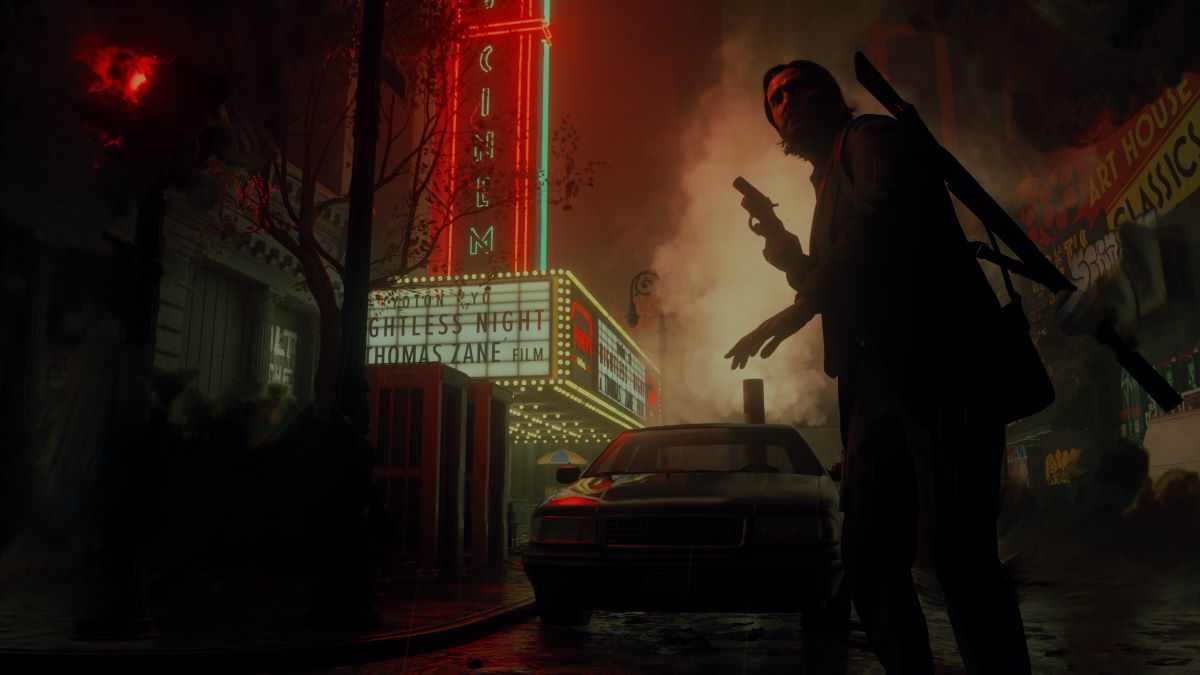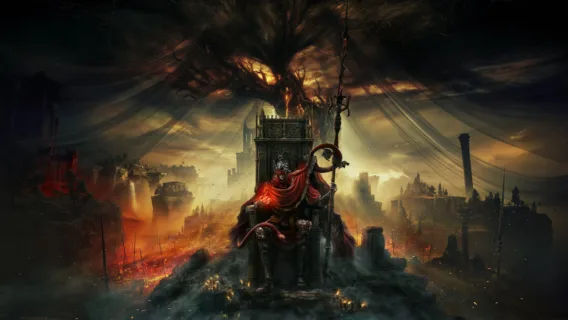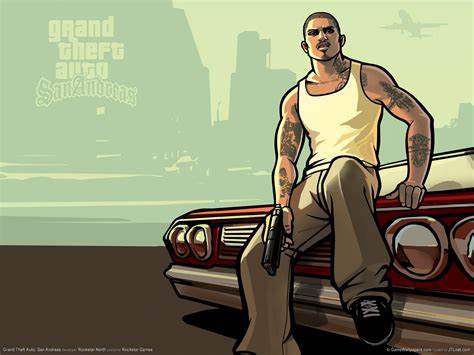“Alan Wake II” is the weirdest game I’ve played in years. That’s a compliment. It’s a survival horror game that echoes everything from “Resident Evil” to “Twin Peaks” and defies traditional description. It will go from something that feels familiar to fans of the horror genre to something defiantly surreal, like a lengthy musical number. Yes, there’s a heavily choreographed musical number to an original song about the plight of the title character in this game. And that’s only one of the weird beats in a game that overcomes some clunky elements to become a mesmerizing journey into Hell and back again. It’s a game that’s constantly defying expectations in terms of storytelling and gameplay. So, while some of the mechanics could have used refining, that’s easily forgiven when the overall experience is this breathtaking.

If 2010’s “Alan Wake” was heavily influenced by “Twin Peaks” (with a lot of Stephen King thrown in for good measure), this one is very clearly inspired by “Twin Peaks: The Return,” and not just because of the long gap between releases. Much as “The Return” took ideas from the ABC original and filtered them through a terrifying funhouse mirror, “Alan Wake II” is like a nightmare someone would have after playing the first game in its refusal to hold your hand through its convoluted dream logic. At its core, it’s about the very act of creation as your character rebuilds and destroys the world around them to accomplish a set of goals. It contains embedded commentary on the self-destructive nature of writing and the process of altering the world around you through a creative vision. And it’s both refreshing in its creativity and absolute nightmare fuel in its intensity.

As if the developers at Remedy Entertainment are laying a gauntlet down early, you start your time in “Alan Wake II” playing a naked, overweight man who crawls from a swamp, climbs up a muddy embankment, flees through the woods, and gets murdered by a cult. This is not your typical game. It turns out that the man is Robert Nightingale, a character from the first game last seen at Cauldron Lake, the site where writer Alan Wake was also last spotted 13 years ago. FBI investigators Saga Anderson and Alex Casey are dispatched to investigate the bizarre murder and stumble into a nightmare. First, Anderson finds manuscript pages that seem to be able to predict what happens next before having to defeat a superpowered sort of Zombie Nightingale (in one of the game’s toughest boss battles). When she returns to the nearby town of Bright Falls, she’s startled by the number of people who seem to recognize her from a life she led there that she doesn’t remember. Maybe Alan Wake himself, who just emerged from Cauldron Lake, has the answers.
Wake is taken back to Bright Falls with Anderson and Casey, and the game fractures further, allowing the players to alternate between Wake and Anderson’s arcs as they choose for the rest of the experience. Wake’s is a flashback to his time in the Dark Place, where he’s been trapped for the last 13 years, detailing his escape. The vision here is as surreal as gaming gets, a place where demons hunt Wake and can rewrite the world around him, one that’s built on his personality as a writer and the missing wife that started this all in the first game. He’s tracking the Dark Place version of Alex Casey (a character he created) and his evil alter ego, Mr. Scratch. Wake essentially wrote himself out of Purgatory, but the Devil, in the form of Scratch, edited his work in a way that’s now impacting the real world. Meanwhile, Anderson is investigating that new Hell on Earth, trying to put together the pieces of her past and Wake’s role in it. Believe it or not, it gets weirder from there.

Sounds like a lot, right? It’s so refreshing to play a game in which storytelling is the foundation instead of gameplay or shooter mechanics. There are long cut scenes and sections of “Alan Wake II” with no action, but the game does stress your survival horror abilities. Both protagonists use similar shooter mechanics in which they have a flashlight that can weaken enemies and then weapons to destroy them. Ammunition is scarce, checkpoints are far apart, and it’s often better to just run.
There are times when “Alan Wake II” reminded me of the best of “Resident Evil” in its terror-driven gameplay, and times when I found some of the physical act of staying alive clunky. The camera can be spotty, and enemies inconsistent in a way that may drive some gamers as crazy as Wake. There are also two gameplay elements that get a bit too much screen time. In Anderson’s arc, you’re constantly forced to go to her “Mind Place,” where she places clues on a board, reads manuscript pages, and even profiles subjects. It’s a clever idea—a way to capture the investigative mind—but the game becomes too reliant on it. At one point, I couldn’t progress because I hadn’t put the clues I just found on a board. Wake has a similar mechanic in which he has visions that allow him to “rewrite” the world around him.
Clearly, this is not your standard action game, a title that owes as much to cinematic storytelling and literature as it does to its own form. It’s a phenomenally ambitious game, one of those experiences that reminds one what’s possible when creators think outside of the box. It’s imperfect at times—one should also be warned of some pretty sizable glitches, including one in which I had to exploit another glitch to get through the broken part of the game—but that imperfection is forgivable because of how much it does well. “Alan Wake II” is atmospheric, thrilling, and riveting entertainment. One hopes that it doesn’t take 13 years for a third chapter.
The publisher provided a review copy of this title.












